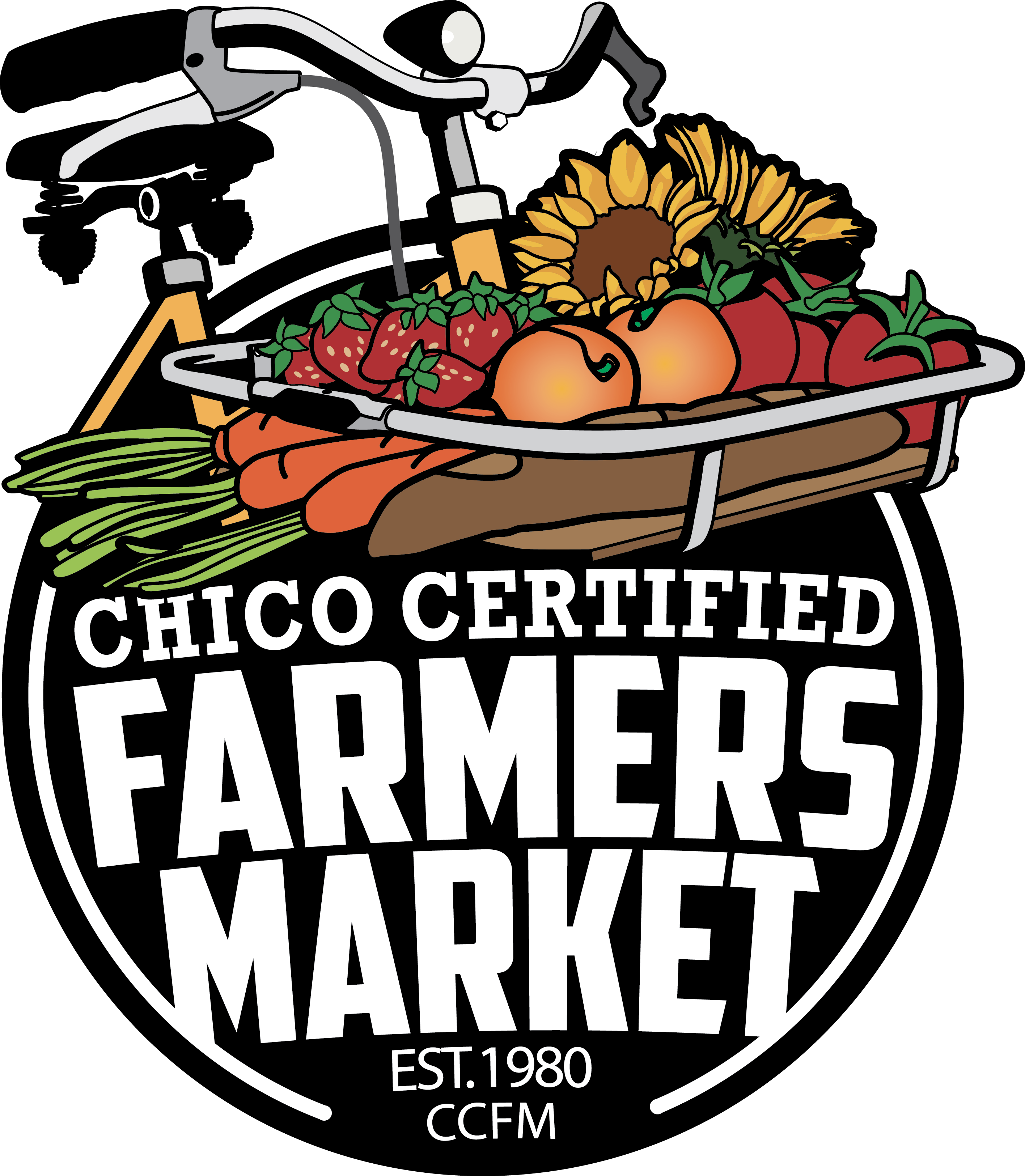How many times have you heard the phrase “superfood”? It’s plastered over half the products in natural foods stores, but what does it mean? Are there really “superfoods”? According to the Oxford Dictionary, superfoods are “a nutrient-rich food considered to be especially beneficial for health and well-being”. This means that a lot of different foods can be considered superfoods, from berries to fish to leafy greens – greens like microgreens!
Microgreens are vegetable greens harvested just after the cotyledon leaves have developed with one set of true leaves. What’s a cotyledon? A cotyledon is the part of a plant seed that acts like an early leaf. When a seed starts to grow, the cotyledon is the first part that emerges. Its job is to provide the young plant with nutrients until it can make its own food through photosynthesis. Those nutrients aren’t just beneficial to the plant – they’re good for people too! In a scientific study published by the National Library of Medicine, scientists found that on average all microgreens are 2–3.5 times more nutrient-dense than mature leaves of spinach cultivated under similar conditions. They often have much higher concentrations of essential minerals, vitamins, bioactive compounds, and antioxidant activity than their adult counterparts, and because they are typically eaten raw, less of those nutrients are lost or degraded by food processing. Furthermore, microgreens can be produced quickly with minimal input and without pesticides, making their environmental impact low. This is great news for folks who are environmentally conscious!
Okay, we’ve established that microgreens are super healthy, but just how healthy are they? The following is the nutrient profile for arugula microgreens:
Nutrition Content Per 100 Grams:
- Calories: ~25 kcal
- Carbohydrates: 3.7 g
- Fiber: 1.6 g
- Protein: 2.6 g
- Fat: 0.7 g
- Omega-3 fatty acids: Trace amounts
- Vitamins:
- Vitamin A (as beta carotene): High
- Vitamin C: ~15 mg (around 25% of the daily recommended intake)
- Vitamin K: Very high (good for bone health)
- Minerals:
- Calcium: ~160 mg (good for bone health)
- Iron: ~1.5 mg
- Potassium: ~369 mg


Okay great! We know they’re super good for you, but do they taste good? YES! Because microgreens are the sprouts of different plants, they all have varying flavors and textures. This makes them excellent for adding both nutrition and flavor to most meals. Try them out in one of the recipes below!
Microgreen Avocado Toast
Ingredients:
- 1 slice of whole-grain bread
- 1/2 avocado, mashed
- 1 tbsp lemon juice
- Pinch of salt
- Red pepper flakes (optional)
- 1/4 cup arugula or radish microgreens
Instructions:
- Toast the slice of whole-grain bread until crispy.
- Mash the avocado in a bowl and mix with lemon juice and a pinch of salt.
- Spread the avocado mixture on the toast.
- Sprinkle with red pepper flakes, if desired.
- Top with a generous handful of arugula or radish microgreens.
- Serve immediately.
Microgreen Salad with Citrus Dressing
Ingredients:
- 2 cups sunflower or pea shoot microgreens
- 2 cups baby spinach or mixed greens
- 1/2 cucumber, thinly sliced
- 4 radishes, thinly sliced
- 1 orange, segmented
- 2 tbsp toasted sunflower seeds
For the Dressing:
- 1/4 cup olive oil
- 2 tbsp lemon juice
- 1 tsp honey
- 1 tsp Dijon mustard
- Pinch of salt and pepper
Instructions:
- In a large bowl, combine the microgreens, baby spinach, cucumber, radishes, and orange segments.
- In a small bowl, whisk together olive oil, lemon juice, honey, mustard, salt, and pepper to make the dressing.
- Drizzle the dressing over the salad and toss to combine.
- Sprinkle the toasted sunflower seeds on top before serving.
Microgreen Pesto Pasta
Ingredients:
- 2 cups basil or cilantro microgreens
- 1/4 cup pine nuts or walnuts
- 1/2 cup olive oil
- 1/4 cup grated Parmesan cheese
- 2 cloves garlic
- Salt and pepper, to taste
- 8 oz pasta of choice
Instructions:
- Cook the pasta according to the package instructions. Drain and set aside.
- In a food processor, combine the microgreens, nuts, olive oil, Parmesan, and garlic. Blend until smooth.
- Season the pesto with salt and pepper to taste.
- Toss the cooked pasta with the pesto sauce until well coated.
- Serve with extra Parmesan and microgreens on top.
Microgreen Tacos
Ingredients:
- 4 soft corn tortillas
- 1 cup grilled or sautéed veggies (bell peppers, onions, mushrooms, etc.)
- 1 avocado, sliced
- 1/4 cup salsa
- 1/2 cup cilantro or mustard microgreens
Instructions:
- Warm the tortillas in a dry skillet or microwave.
- Fill each tortilla with a portion of grilled or sautéed veggies.
- Add a few avocado slices and spoon some salsa on top.
- Finish with a handful of cilantro or mustard microgreens.
- Fold and serve immediately.
Eggs with Microgreens
Ingredients:
- 4 eggs
- 1 tbsp butter or olive oil
- 1/4 cup shredded cheese (optional)
- Salt and pepper, to taste
- 1/4 cup broccoli or kale microgreens
Instructions:
- Heat the butter or olive oil in a skillet over medium heat.
- Crack the eggs into a bowl and whisk until smooth.
- Pour the eggs into the skillet and cook, stirring frequently for scrambled eggs or letting them set for an omelet.
- Add shredded cheese if using, and season with salt and pepper.
- Right before serving, top with broccoli or kale microgreens.
- Serve immediately.
Microgreen Smoothie
Ingredients:
- 1 cup spinach
- 1/4 cup wheatgrass or sunflower microgreens
- 1 banana
- 1/2 cup frozen berries (blueberries, strawberries, etc.)
- 1 cup almond milk (or preferred milk)
Instructions:
- Add the spinach, microgreens, banana, frozen berries, and almond milk to a blender.
- Blend until smooth, adding more liquid if necessary for desired consistency.
- Pour into a glass and enjoy immediately.
